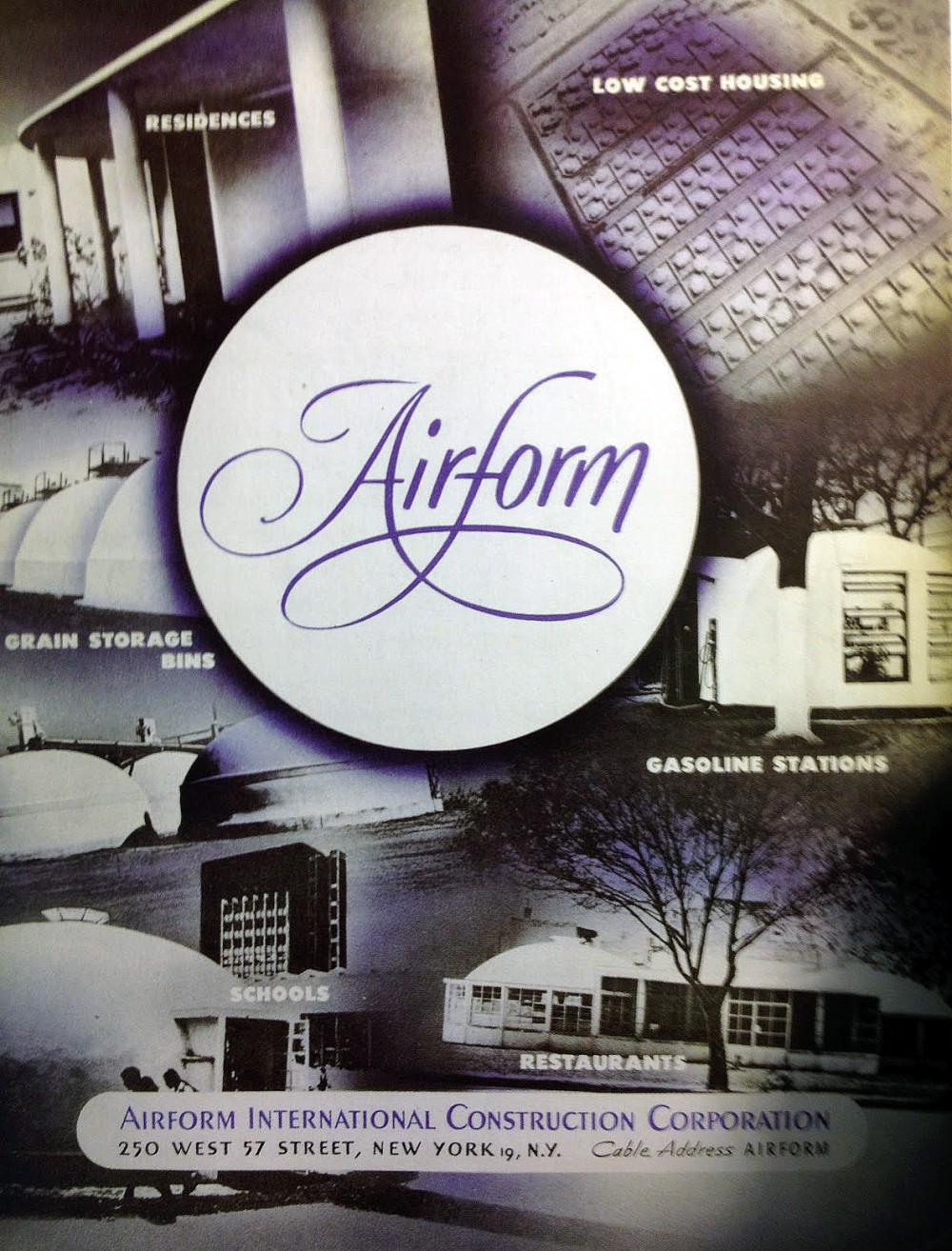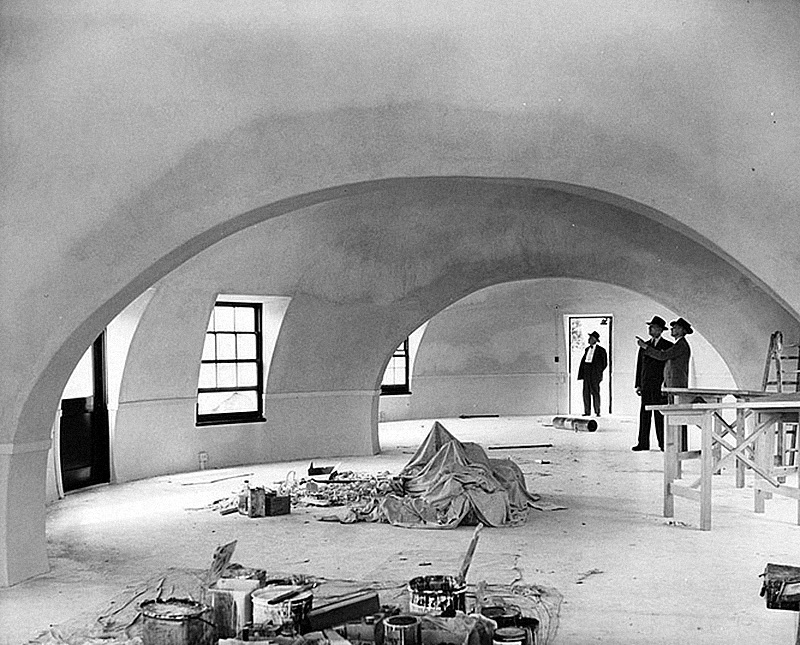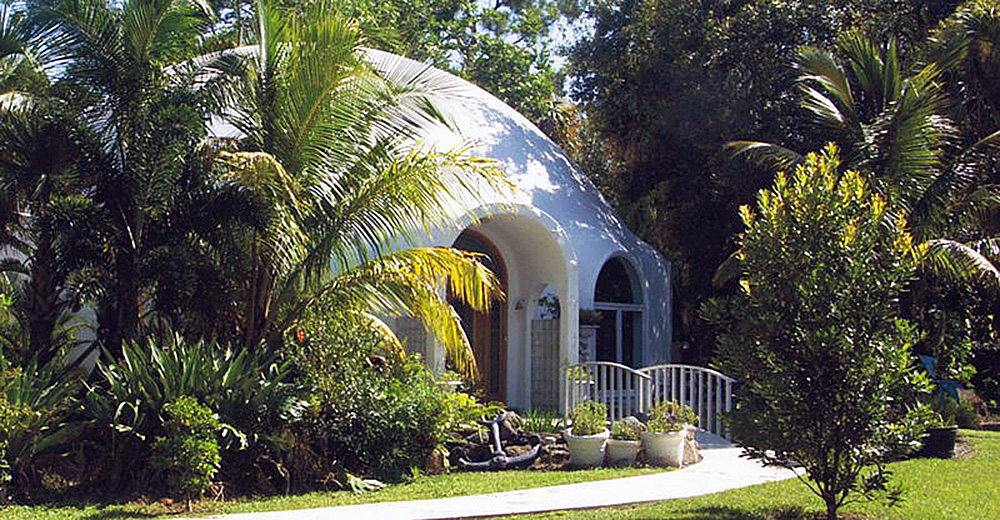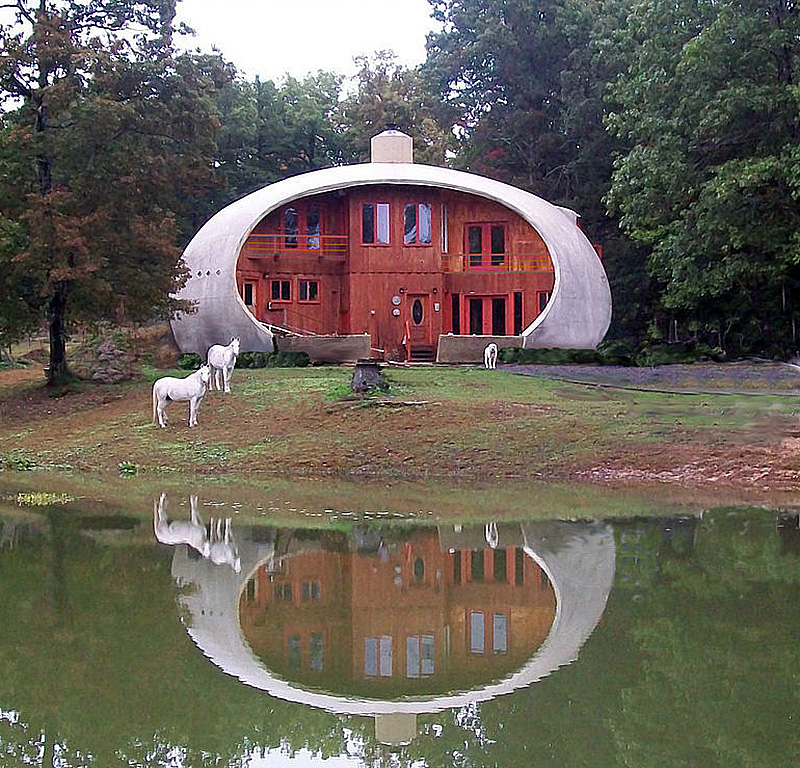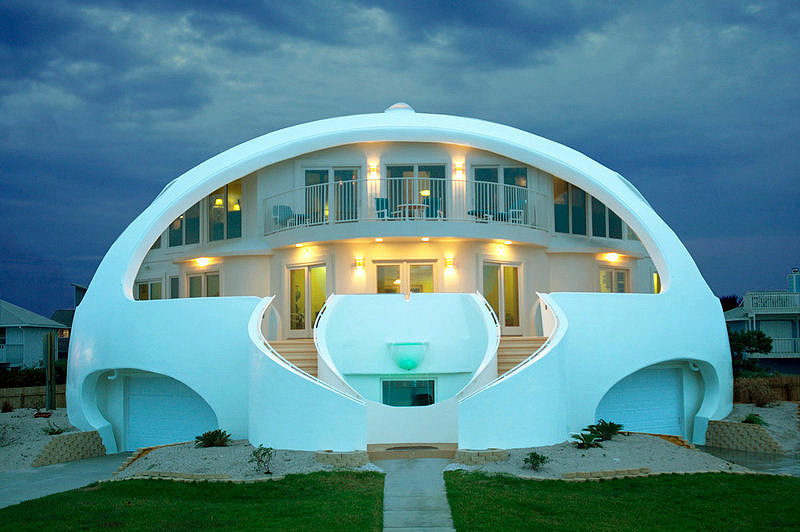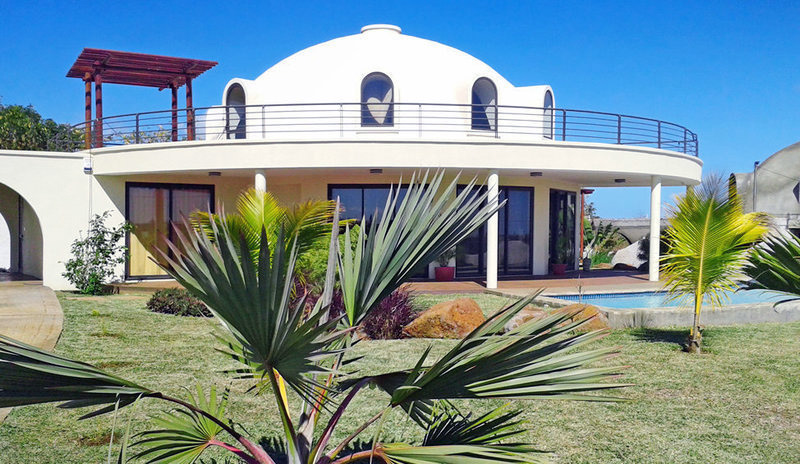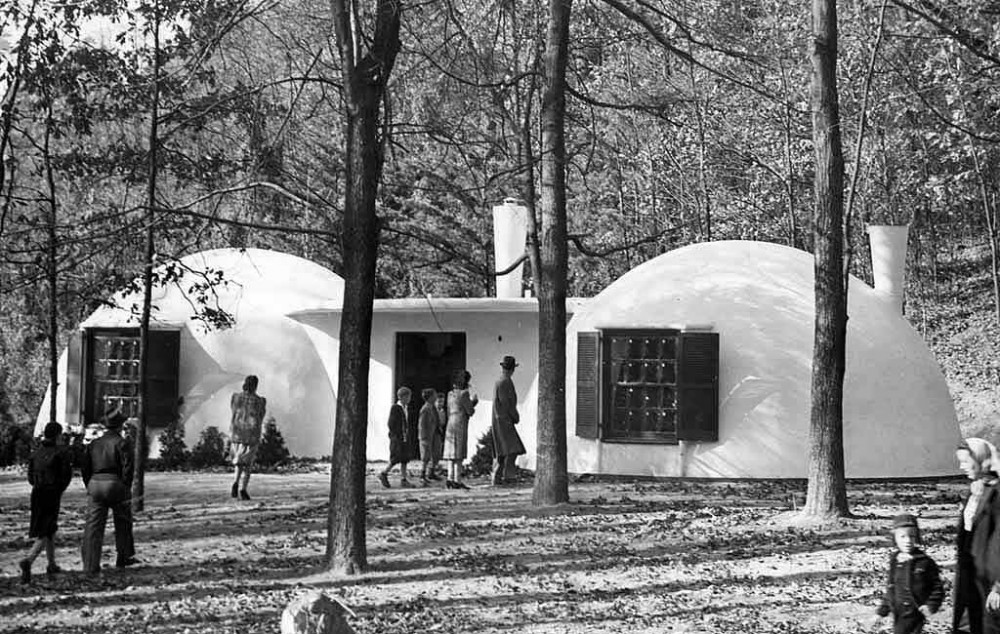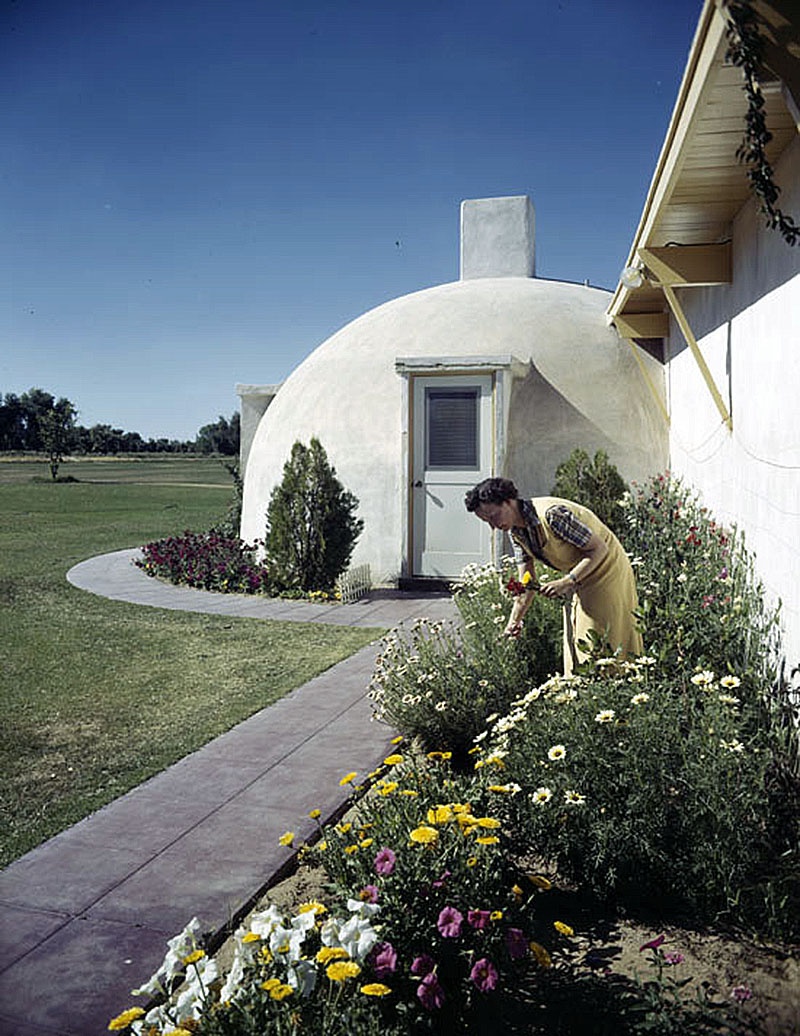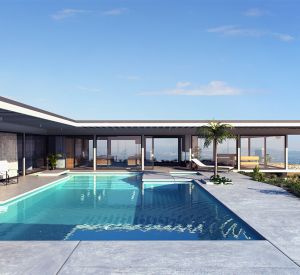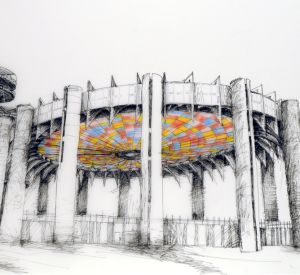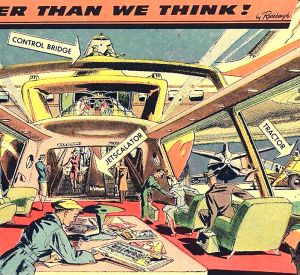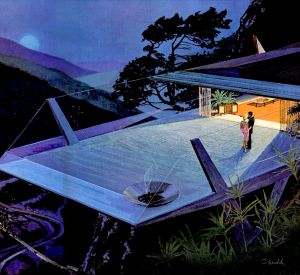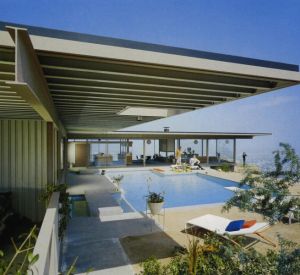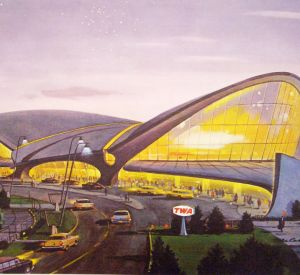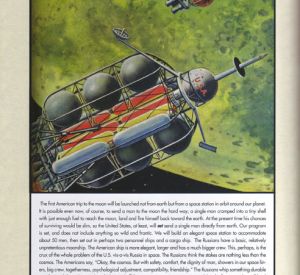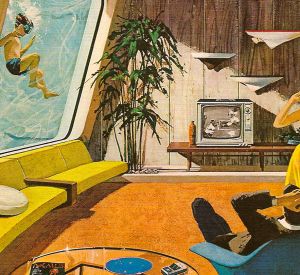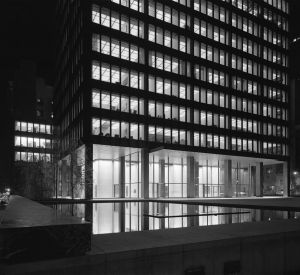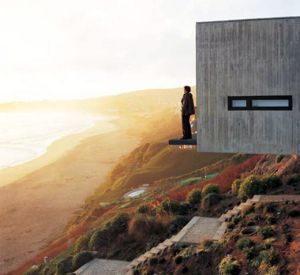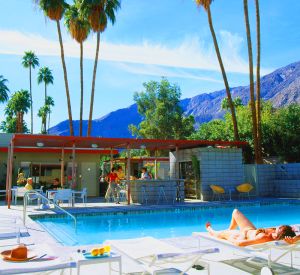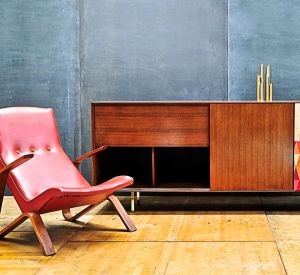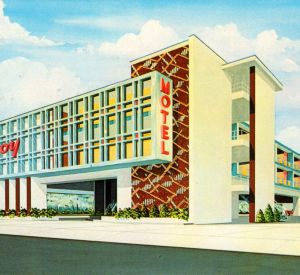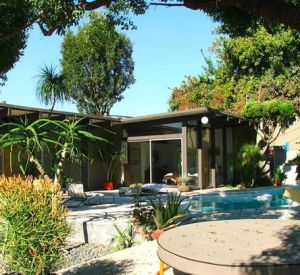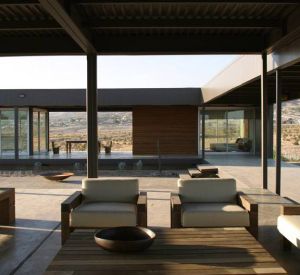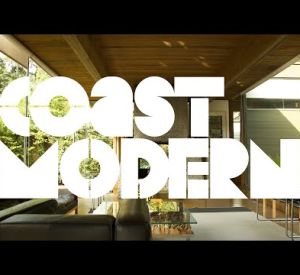That Time When Bubble Houses Were the Future
Old house plans are one thing that enthusiasts of by-gone eras always seem to look at. It’s fun to imagine yourself living amongst the lines drawn in your house plan books. Instead of squares and rectangles, what if you were to live amongst circles and round edges? In architectural terms you might label that Googie style. So without further ado, I would like to present to you the bubble houses, better known as monolithic domes.
It’s important to note that monolithic domes are not round buildings with a conical roof or geodesic domes. These are created using completely different and very modern construction methods.
In 1934 an architectural designer named Wallace Neff formally began development of the airform. His designs of dome-based housing were based on a balloon-like airform, sprayed with concrete and reinforcements. While in the early 1940s he speculated that the government could use his designs for storage of ammo and supplies, it wouldn’t be until 1942 that he built his first house using his new technique. His first housing project was built in Falls Church, Virginia. It cost him $91,000 to build 12 airform-based houses. With the quick building time, it was estimated that 100 houses could be built in 60 days or even 200 houses in 90 days using only 4 airforms.
While you might have heard of Wallace Neff for his California-style architecture and the houses he designed for the stars like Mary Pickford and Judy Garland, he did end up building quite a few dome houses. His dome projects included: residentials at Falls Church in Virginia, residentials and commercial structures at Litchfield Park in Arizona, residential and commercial space for Loyola University in California, commercial space for Pacific Linien Supply Company in California, a house for his brother Andrew in California, and residentials in South Pasedena, CA and in Hobe Sound, FL.
The new design was exceptionally stable and efficient. They don’t allow for vermin and insects except through open doors or windows, they’re fire resistant, highly resistant to extreme weather and natural disasters, and according to modern architects on this housing style these forms are micro-energy users and are considered green. If only they had known and recognized the importance of those facts starting in the 1960s, when demolition began on Neff’s domes. Times changed, building owners changed, and most of Neff’s domes were destroyed by the early 1980s.
Fortunately, the domes were not lost amongst other architects. You can visit Monolithic.org for new construction ideas, housing plans, business construction plans, benefits of monolithic domes, pictures, and resources on these wonderful domes. These are not your standard, run-of-the-mill midcentury modern home, but for Googie lovers they are quite a dream.
Above: Wallace Neff Bubble Houses — The Airform brochure
Above: Wallace Neff Bubble Houses — Building the future
Above: Wallace Neff Bubble Houses
Above: Wallace Neff Bubble Houses — A Modern Bubble House
Above: Wallace Neff Bubble Houses — A Modern Bubble House
Above: Wallace Neff Bubble Houses — A Modern Bubble House
Above: Wallace Neff Bubble Houses
Above: Wallace Neff Bubble Houses



